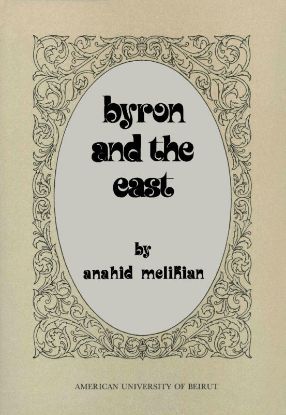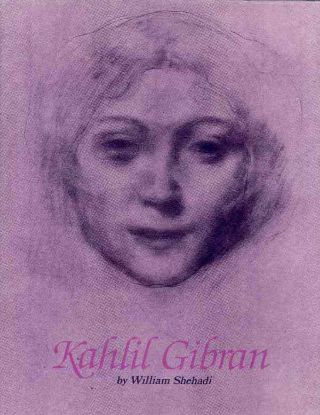Filter by price
English Literature and Language
Byron and the East
The author presents the English poet, Lord Byron, in a new light, focusing on his attraction to the East (specifically Greece, Turkey, and Albania), to Muslims, in general, and to Islam and its culture. The analysis and discussion of the poems are accompanied by a close examination of Byron's journals and letters, showing that Byron's intellectual and poetic development was closely tied to his experiences in and knowledge of the East.
$6.00
Kahlil Gibran: A Prophet in the Making
Kahlil Gibran's work is well known and has been widely published in many languages. The substance of this book, however, is contained in the photographs of original manuscript pages of Gibran's writing. Some are parts of published works such as The Prophet, but the book also contains four fragments published here for the first time. Sections begin with a description of the manuscript, and there is a transcription of each page opposite its photograph. These are the first Gibran manuscripts, apart from his letters, to be published in this way. They are of great interest because they demonstrate the process by which Gibran refined his writings into their final form.
$10.00
The Decadent Poetry of the Eighteen-Nineties
This is a critical essay describing and evaluating the poetry of the end of the nineteenth century and its importance in the development of the modern aesthetic. To quote the Times Literary Supplement, this book “has the merit of hitting most of the nails involved firmly on their proper heads."
$6.00




